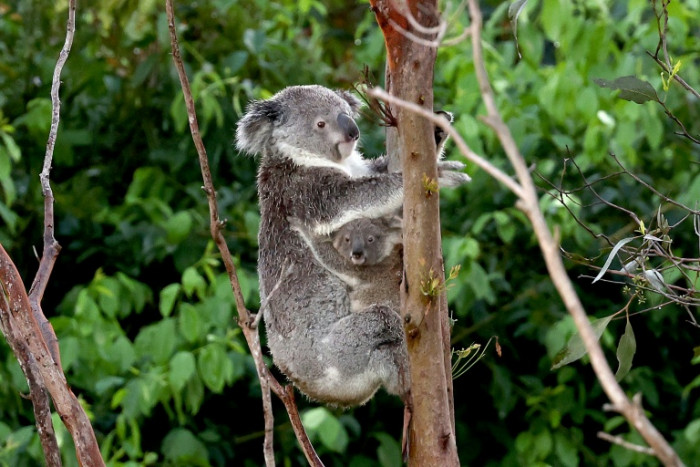Australia Creates Massive Koala Sanctuary to Prevent Extinction
New South Wales government creates massive 176,000-hectare koala sanctuary, halting logging operations to prevent extinction of iconic species by 2050. Initiative includes comprehensive support for affected workers.

Aerial view of the newly established Great Koala National Park in New South Wales, Australia
In a landmark environmental decision, Australia has halted logging across 176,000 hectares of woodland on its eastern coast, creating a vital sanctuary for threatened koalas. The New South Wales government's ban, effective Monday, establishes the Great Koala National Park to prevent the local population's extinction by 2050.
Critical Conservation Effort
The decision, while controversial for its impact on local industry and communities, represents a crucial step in protecting Australia's iconic wildlife. The sanctuary will provide refuge to more than 12,000 koalas and 36,000 greater gliders, alongside numerous other threatened species.
Economic Impact and Support Measures
The initiative affects six timber mills and approximately 300 workers, prompting the government to implement comprehensive support measures. Similar to how major business transitions are managed, the state is providing financial assistance, including:
- Worker salary coverage and business cost support
- Access to free training and services
- Aus$6 million investment in tourism opportunities
- Additional Aus$60 million funding for park development
Environmental Significance
WWF-Australia CEO Dermot O'Gorman highlighted the critical timing of this initiative, noting that koala numbers in NSW have plummeted by over 50% between 2000 and 2020. The region has faced numerous environmental challenges, including those similar to incidents that have affected coastal ecosystems and wildlife.
"These tall eucalypt forests are a climate refuge for koalas. Australia needs landscape-scale protected area networks like this to prepare for the possibility of 2.5 to three degrees of warming by the end of this century," O'Gorman stated.
Looking Ahead
The final establishment of the koala park depends on federal government approval as a carbon project for improved native forest management. When connected with existing national parks, the haven will create a substantial 476,000-hectare reserve, marking a significant step toward wildlife conservation in Australia.
Jack Thompson
Reporter based in Sydney, Jack covers climate issues, migration policies, and Australia's Indo-Pacific strategy.
